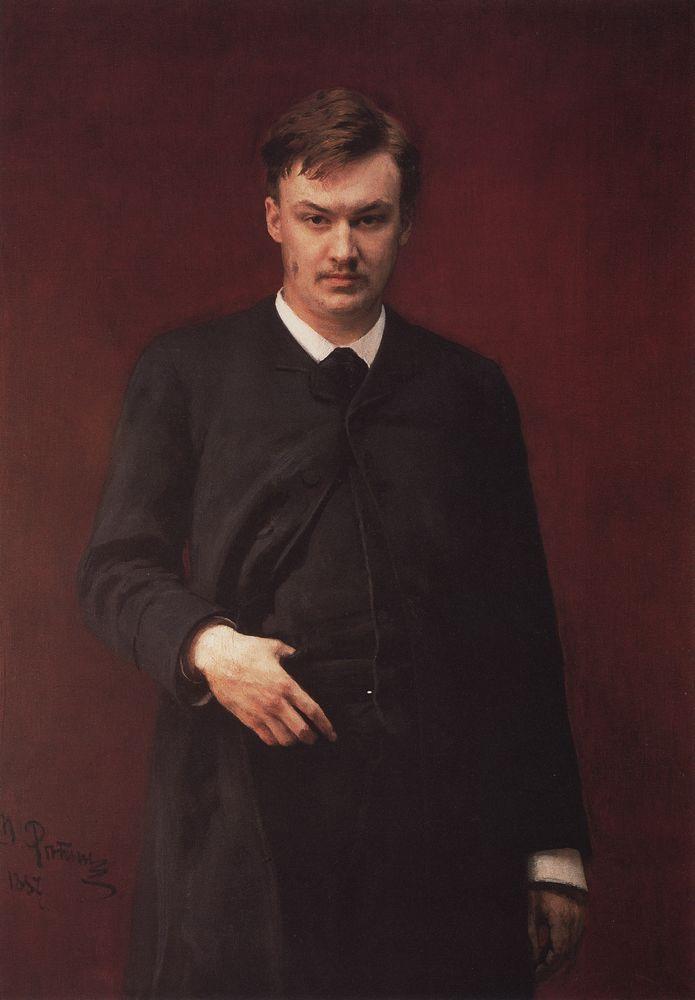Glazunov, Symphony No. 4

The composer and conductor Alexander Glazunov (1865-1936) was a stabilizing influence on Russian music during the turbulent transition from late 19th-century Romanticism to the early Soviet period.
Balakirev recognized Glazunov’s talent in 1879 and introduced him to Rimsky-Korsakov, with whom Glazunov studied privately for two years. Rimsky-Korsakov described Glazunov’s rapid advancement, saying he progressed “not from day to day but from hour to hour.”
Glazunov had another important mentor in Mitrofan Belyayev (1836-1903), a music publisher and philanthropist. Belyayev took him in 1884 to visit Liszt in Weimar and to perform his First Symphony there. In St. Petersburg, Glazunov was among the “Belyayev circle.” The Mighty Five led by Balakirev had a few years earlier collaborated on developing a Russian national style. The Belyayev circle, which included Rimsky-Korsakov, Alexander Borodin, Alexander Scriabin, Felix Blumenfeld, and Anatoly Lyadov, represented a reconciliation of that nationalist style with Western traditions.
Glazunov clearly inherited Rimsky-Korsakov’s gift for orchestration. After the death of Borodin in 1887, he worked closely with Rimsky-Korsakov to complete Borodin’s Prince Igor. He also had Tchaikovsky’s gift for melody.
He resigned his post at the St. Petersburg Conservatory in protest of the firing of Rimsky-Korsakov in 1905. Later that year when those issues were resolved, he returned to the conservatory and was immediately elected as its director, a post he held until 1928. In 1928, he left Russia on a concert tour and never returned. He settled in Paris where he remained until his death.
Glazunov’s Symphony No. 4, Op. 48 was written between 1893 and 1895. He conducted its premiere in St. Petersburg in 1897. The work is filled with exuberance and lyricism and remains a popular piece in the orchestral repertoire.



